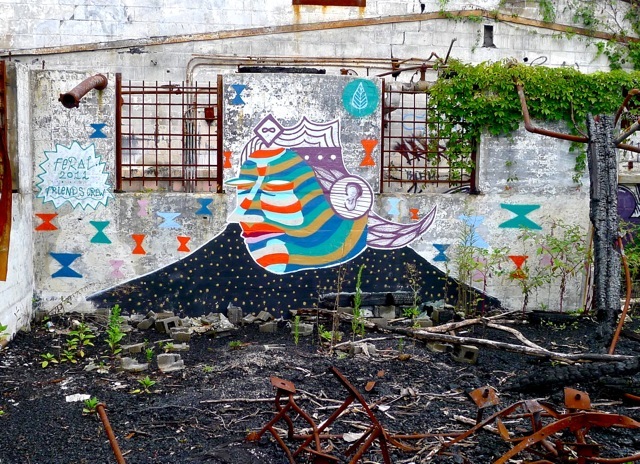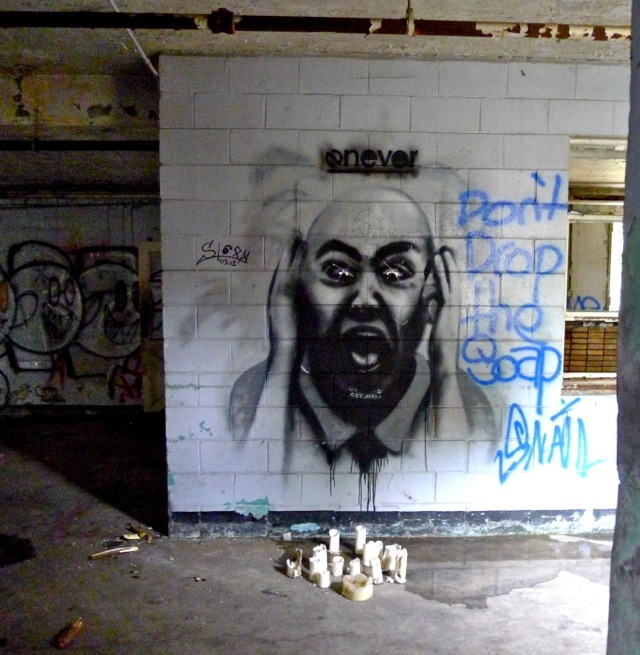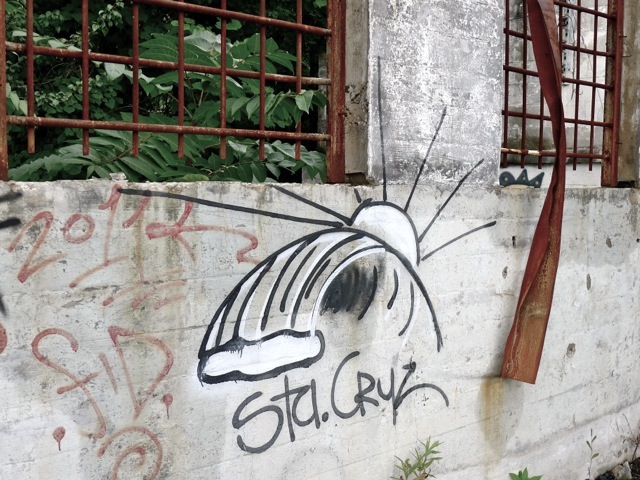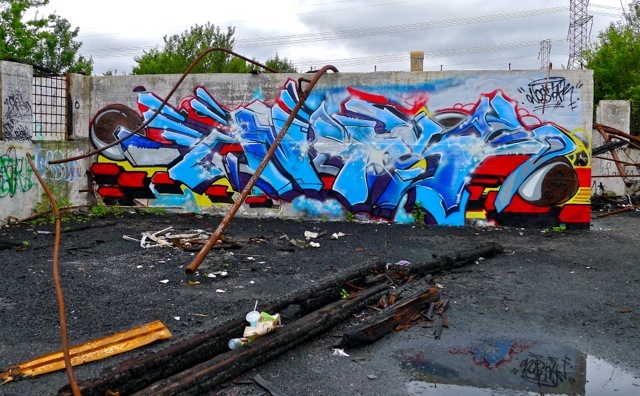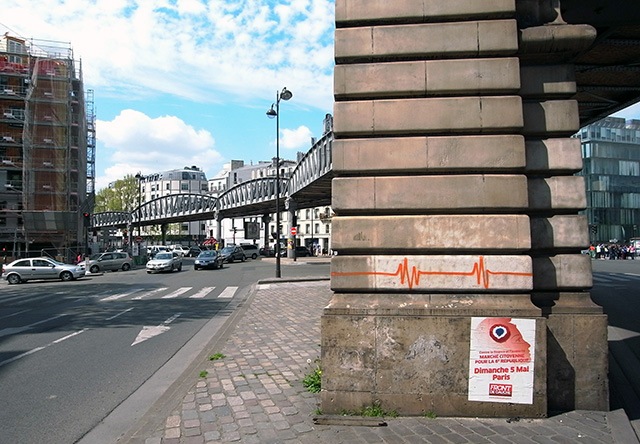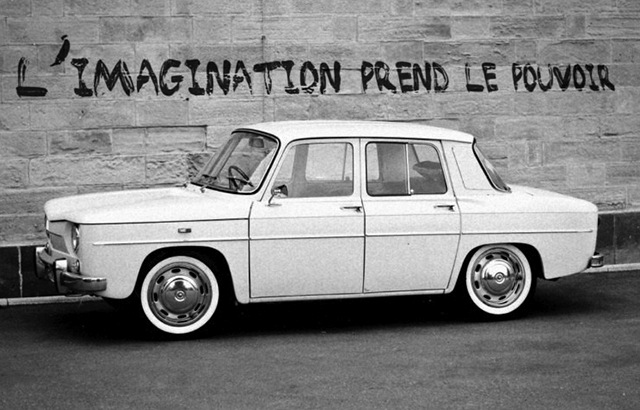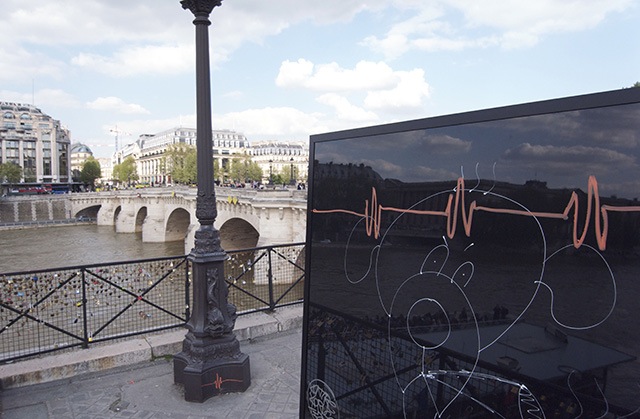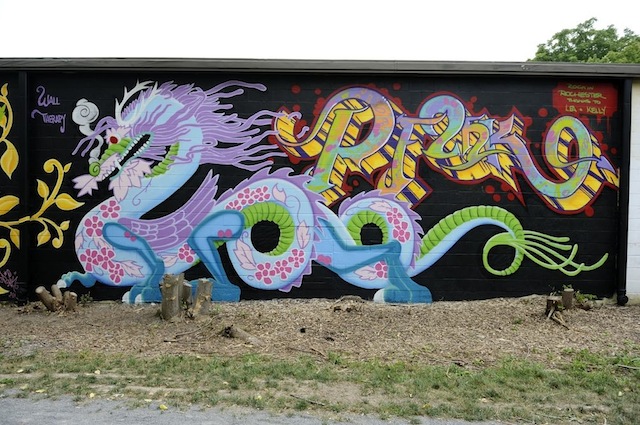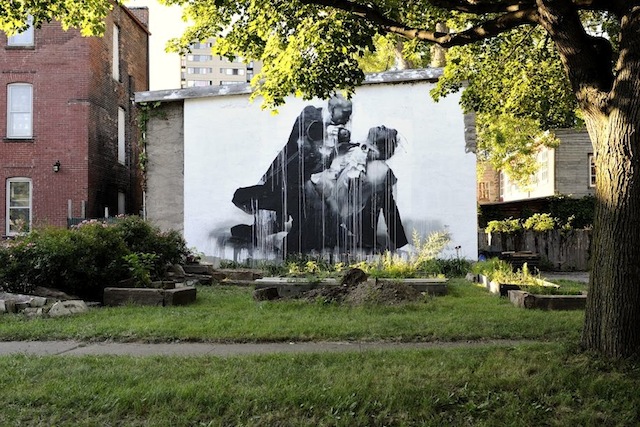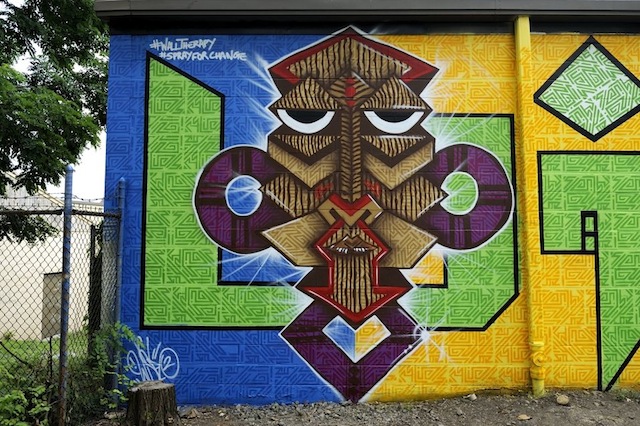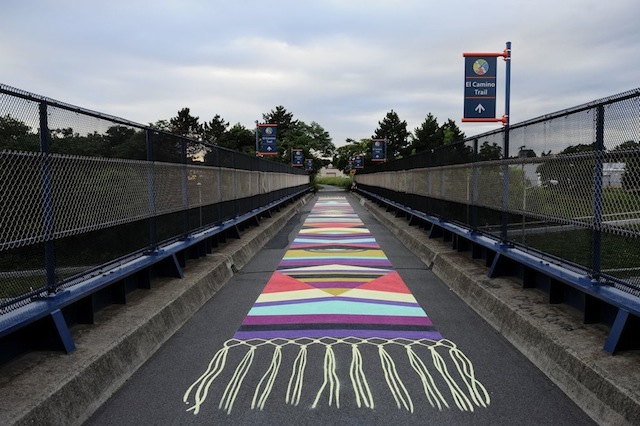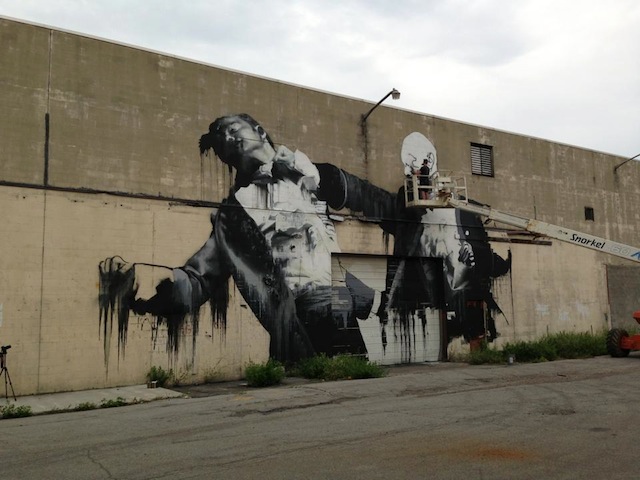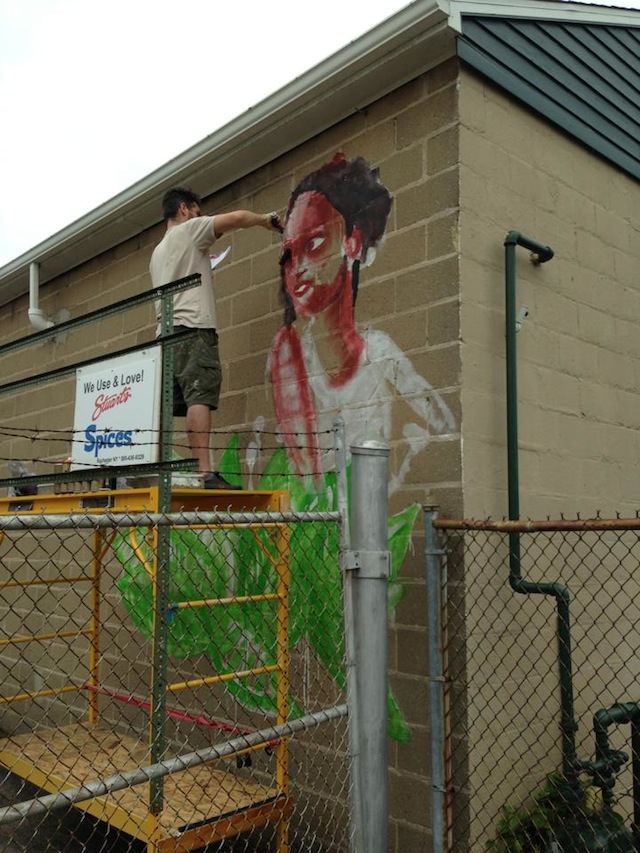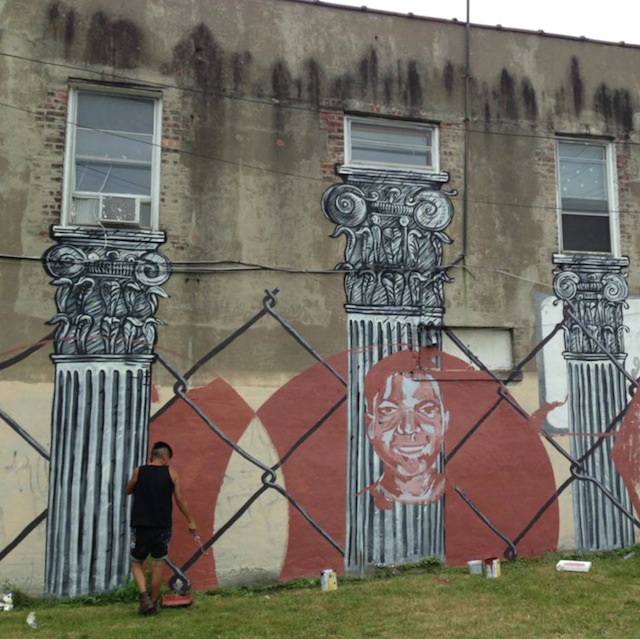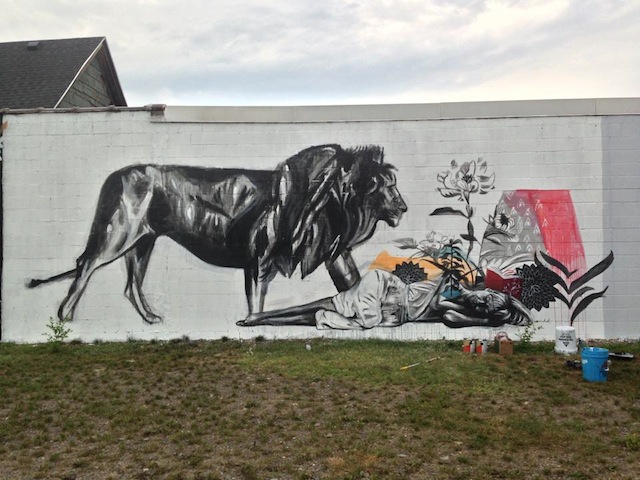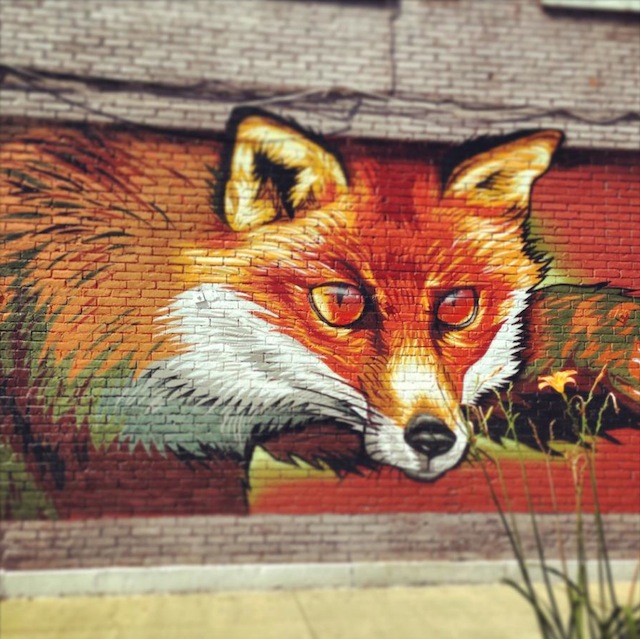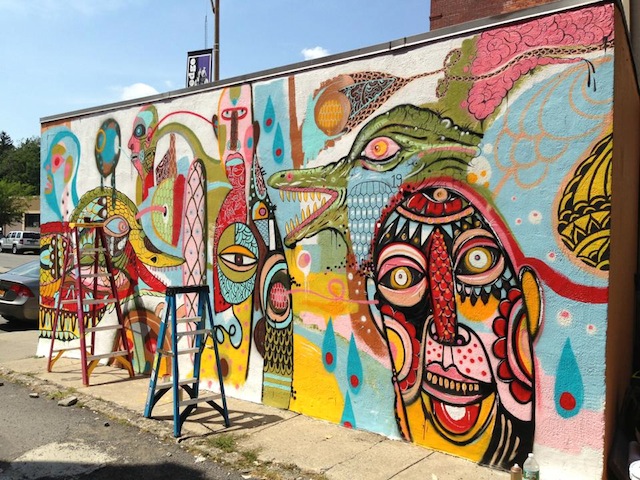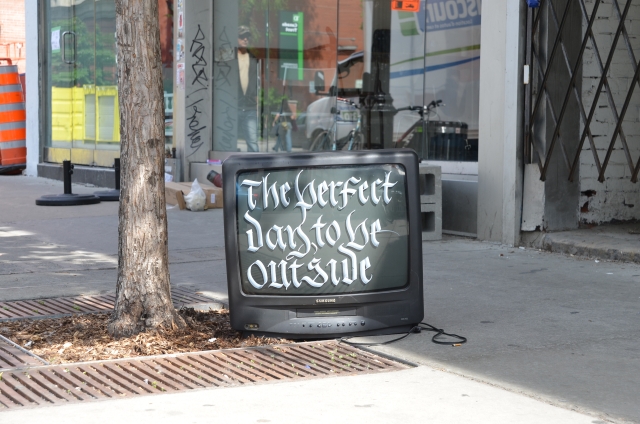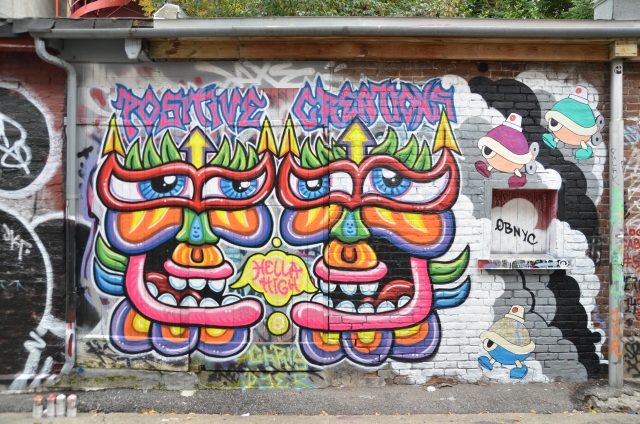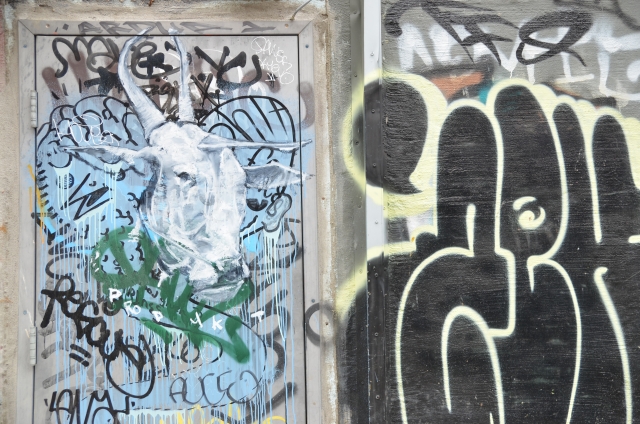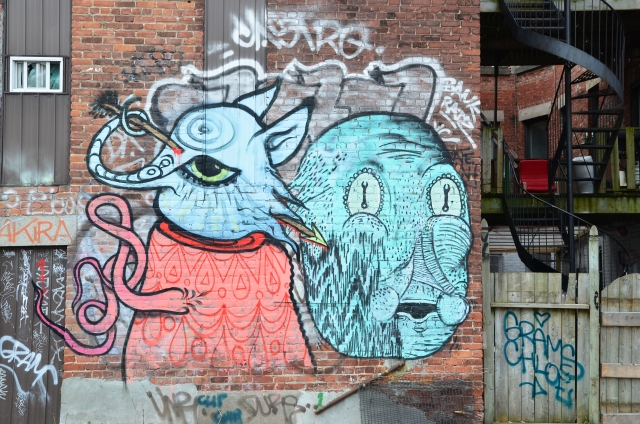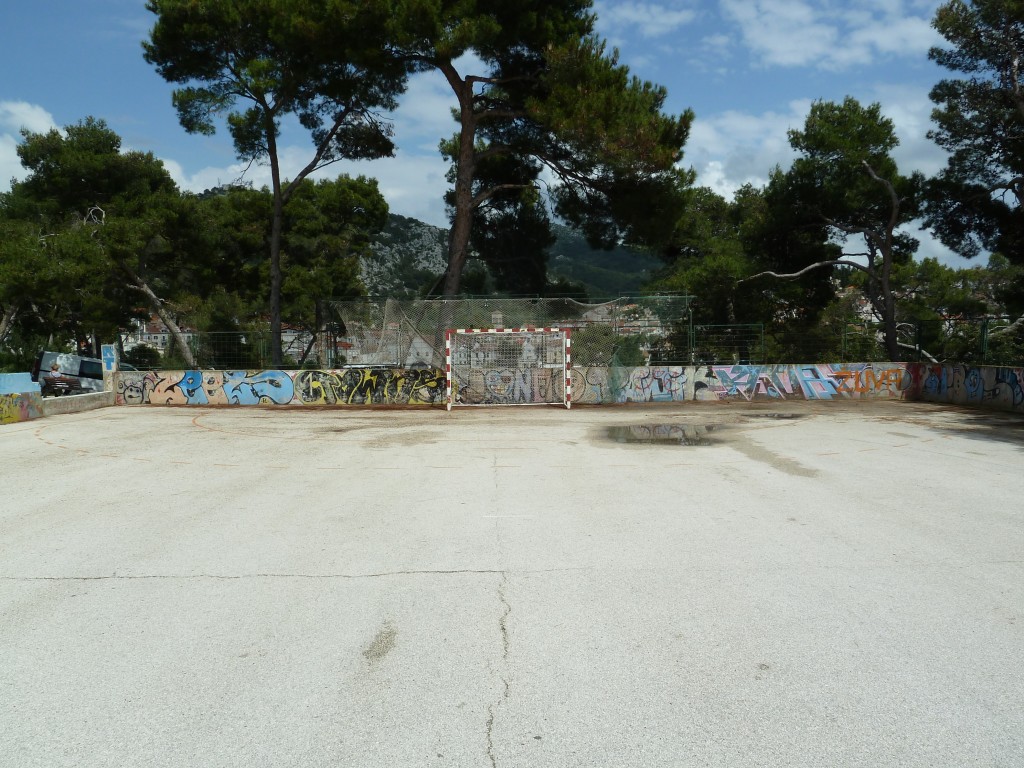
I am bored. In fact, I am not that bored, I am more disillusioned. But why?
Firstly I am slightly fed up of seeing a lack of creativity in much of the street art I am currently viewing in London, hence these photos of interesting pieces by Monkey and the ATG Crew in Hvar, Croatia I snapped whilst on holiday a couple of months ago. It may just be that I am looking in the wrong places, and don’t get me wrong, there are a huge amount of artists living and working in London that I admire, but it seems I keep seeing the same dull work from many others.
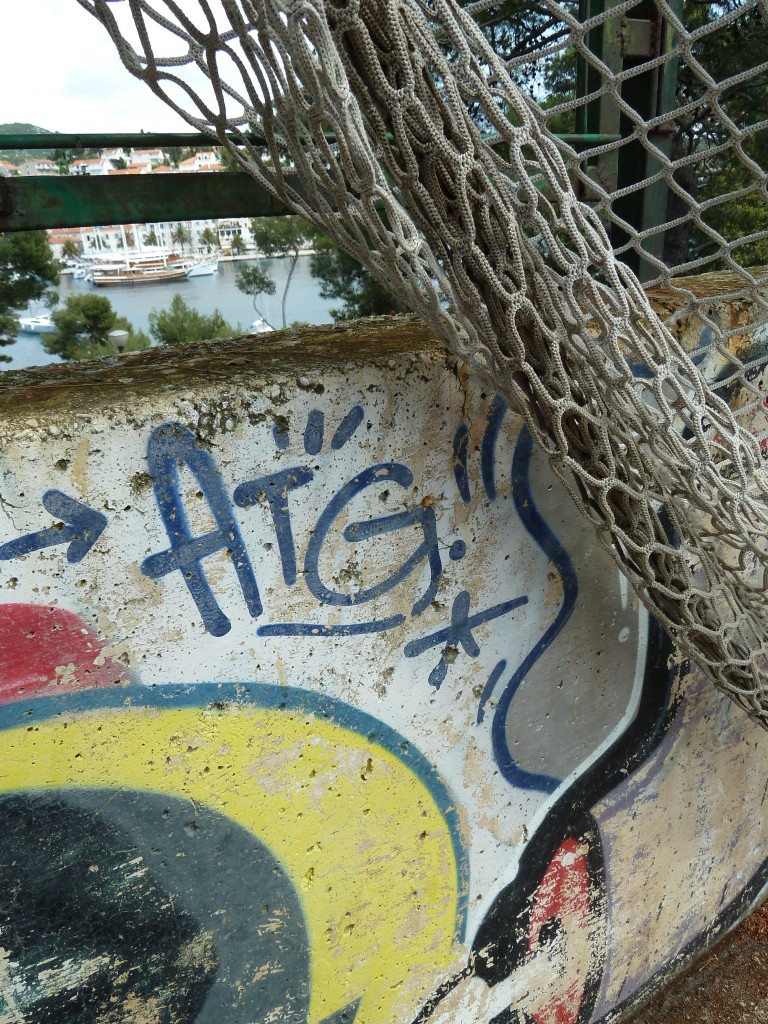
But that is not quite why I am writing. It is a second point that has caused me to become even more disillusioned. Money makes the world go around and money always seeps into everything eventually, street art included. This is not necessarily a bad thing, artists need money to keep doing what they are doing in addition to feeding and clothing themselves, but at the same time money brings parasites.
These parasites, as I like to call them, come in various forms and varieties. You have flippers, forgers, and reclaimers, who just steal street art off the street to sell. Then there are others, such as agents, who I will never understand really. An agent, really?
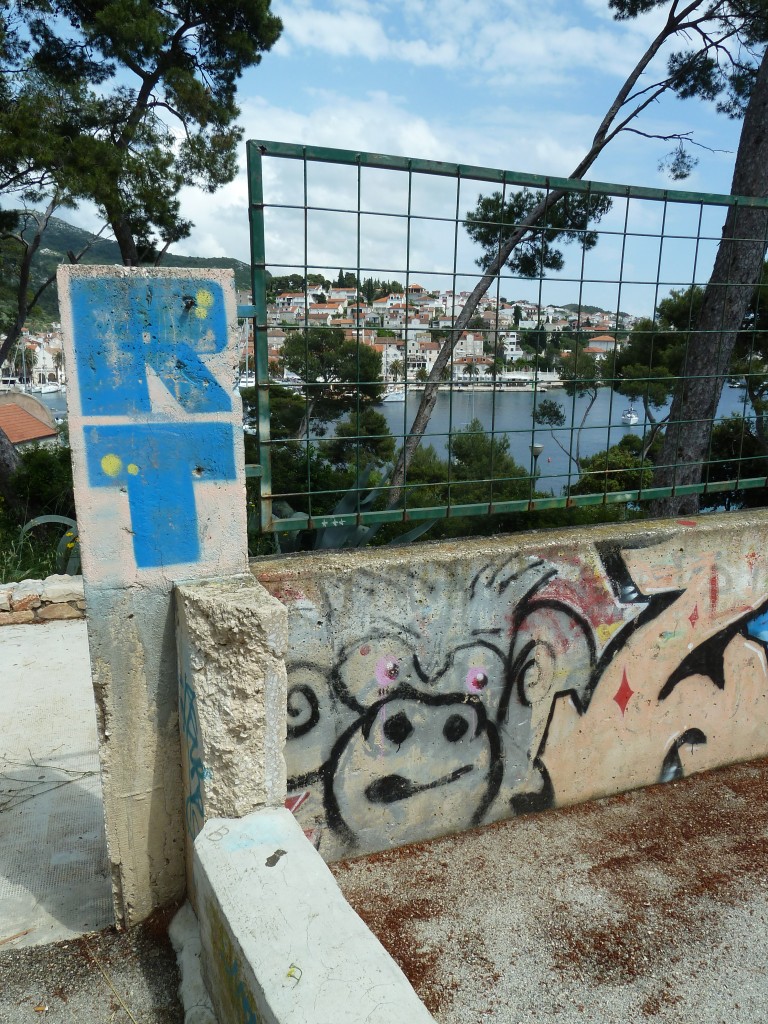
But there seems to be a final parasite that is increasing in numbers, and that’s the photographer. Actually photographer is a bad term to use, but they call themselves that so, so be it. A photographer to me is someone that is creative, an artist with a camera. Someone who sees a shot, frames it, and shoots it. Taking light, composition, angle and various other important aspects into account. A good photographer (at this point note Mark Rigney, Sandra Butterfly, NoLionsinEngland, RomanyWG, HowAboutNo, Martha Cooper, Ian Cox et al), makes an image come to life in a photo. They add something to a picture.
I see photographers as important for a couple of reasons, firstly as I have previously alluded to, they are artists in their own right and I am all for creative people who have something interesting to exhibit. But secondly, and more importantly to an extent, is their ability to document. Martha Cooper is the prime example and others have followed suit. My pictures in this post are a documentation of street art in Croatia and this blog is a documentation of street art from around the world. In essence it becomes a window to history and that’s why I have a penchant for photography.
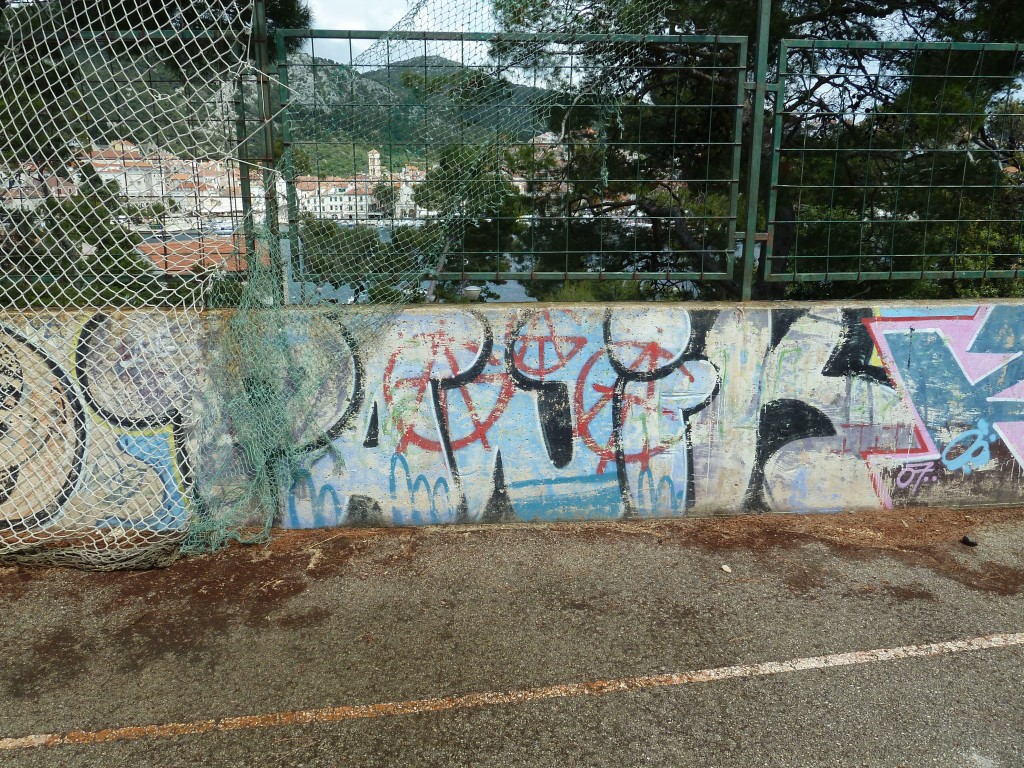
Yet over the last two weeks in particular, and over the last few weeks, months and years in general, I have become disillusioned. In no small part because of the increasing numbers of people printing Banksy images onto canvas and selling them at every market in London, but more recently by photographers tapping into the same practice.
Over the last two weekends I have attended two outdoor art events. One in Brixton, and one near Old Street. Both these events have included some fantastic, talented artists, and in particular, Brixton had a few great photographers who’s work I really admired. But both have also had those types of photographers who steal others’ creativity.
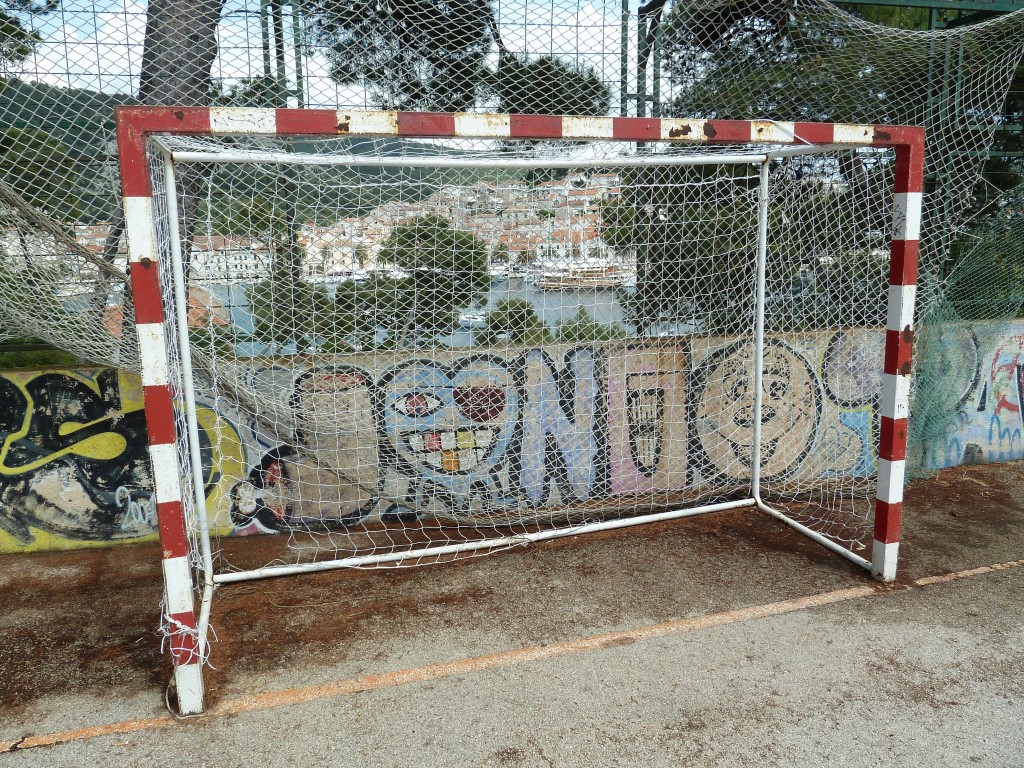
Poor photos are one thing, but couple that with a market stall, price labels, and in one case fridge magnets and Oyster card holders and you have a recipe for disaster. Gone is the creativity and the innovation of a good photographer or even if the documentation that the mediocre photographer can provide. All you are left with is poor photos, bad cropping and product.
There has been a recent breakthrough on this subject with regard to Wooster Collective working their magic to ensure than Art.com offers commission to artists and show artists the photos they are hoping to use before they start selling them. This really is a massive step in ensuring that companies who deal in wall art act in a moral manner, but as RJ mentioned in his post on the subject, this is far from a complete problem solver.
In one of the cases I came across, I asked if the photographer had got permission from the artists. He said yes of course, the majority had agreed and that they are extremely grateful for their work getting promoted.
I would have loved to have been there when the guy asked Banksy, Eine, Phlegm, Mr. Brainwash, Os Gemeos and others if he could use their images to make money for himself. I hardly believe they are happy that others are making financial gains without paying any dues, in this case commission.
At a time when there are so many good artists releasing high quality affordable screen prints and even originals, it annoys me that some members of the general public are paying out sums of money for awful images. The stall at the street party near Old Street always had a large crowd around it with people paying good money for pictures they could have taken themselves and printed at home.
The moral of this story is that if you are reading this thinking about lining the pockets of one of these so called photographers, then I urge you to invest that money in your own camera, get outside and take some photos yourself. And if you need a bit of training then get yourself along to one of NoLions photography workshops if he organises a few more soon, fingers crossed he does, as they were very well received. Be creative, don’t let others steal what in essence is meant to be free art for all to enjoy.
This problem is not going to disappear completely, but you can all do your bit by not handing your money over to these parasitic photographers, and don’t let your mates do it either. In fact, I believe this is where street art tours come into their own as they get the general public into places where they can take their own documentary images. It is summer, so get yourself outside, walk around, see what turns your head, and just be creative.
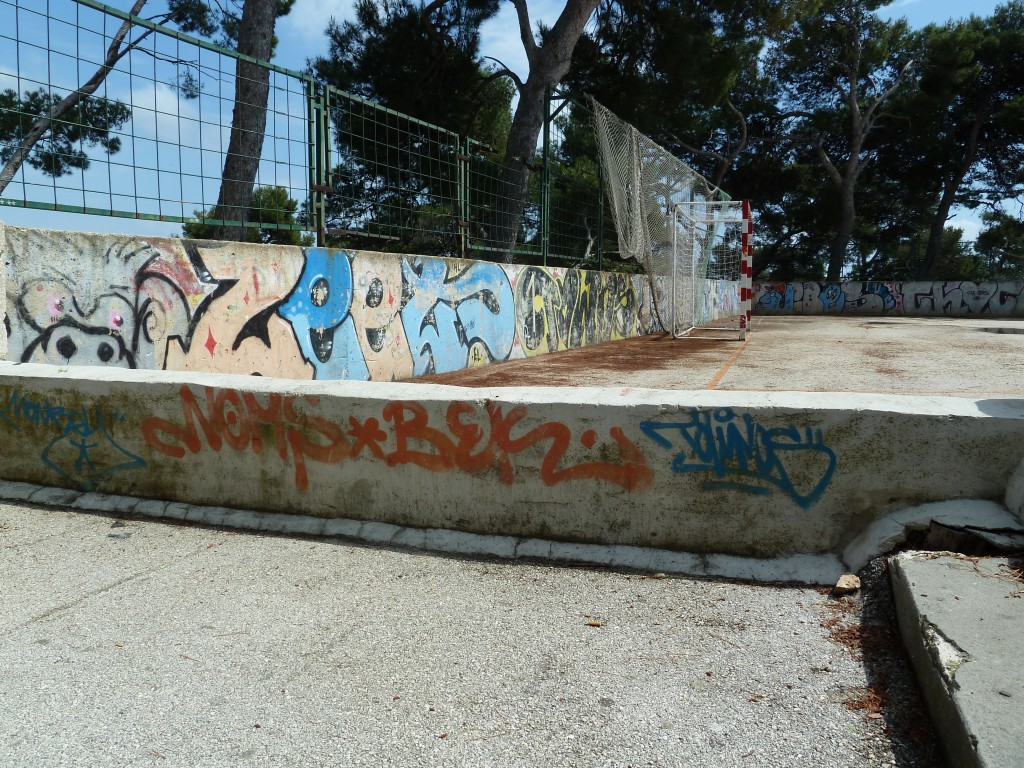
Photos all by Shower. Not purchased in any way. Taken himself whilst on holiday in Hvar, Croatia. And they will not be printed onto magnets any time soon!
